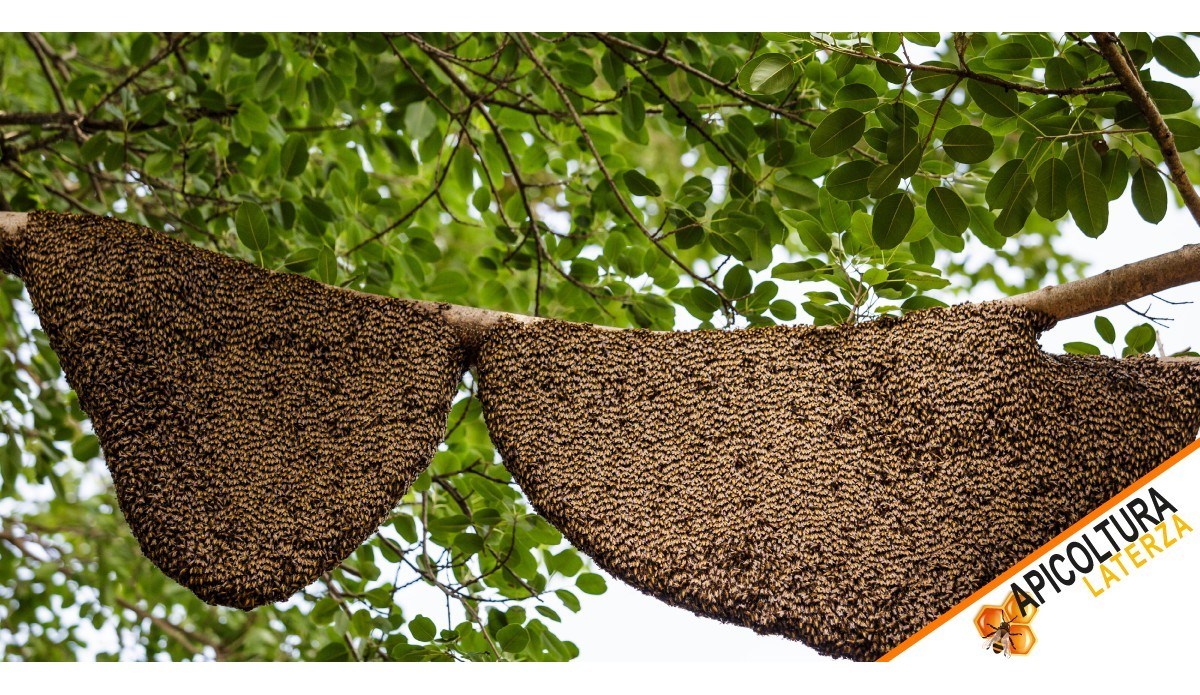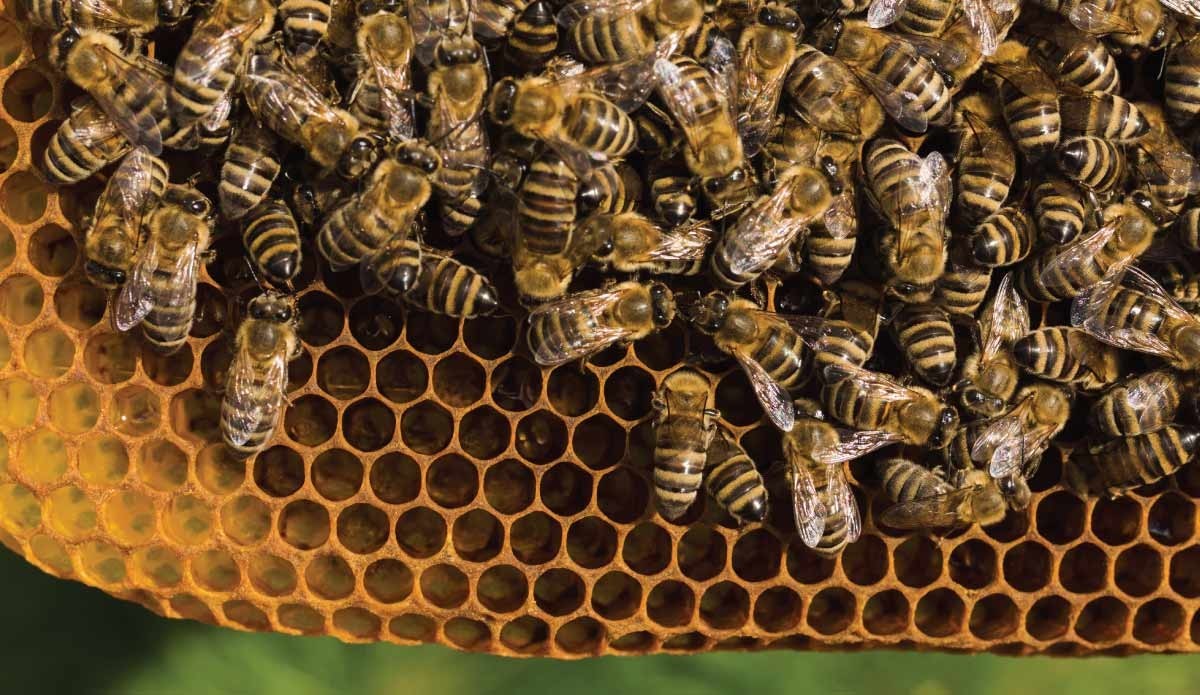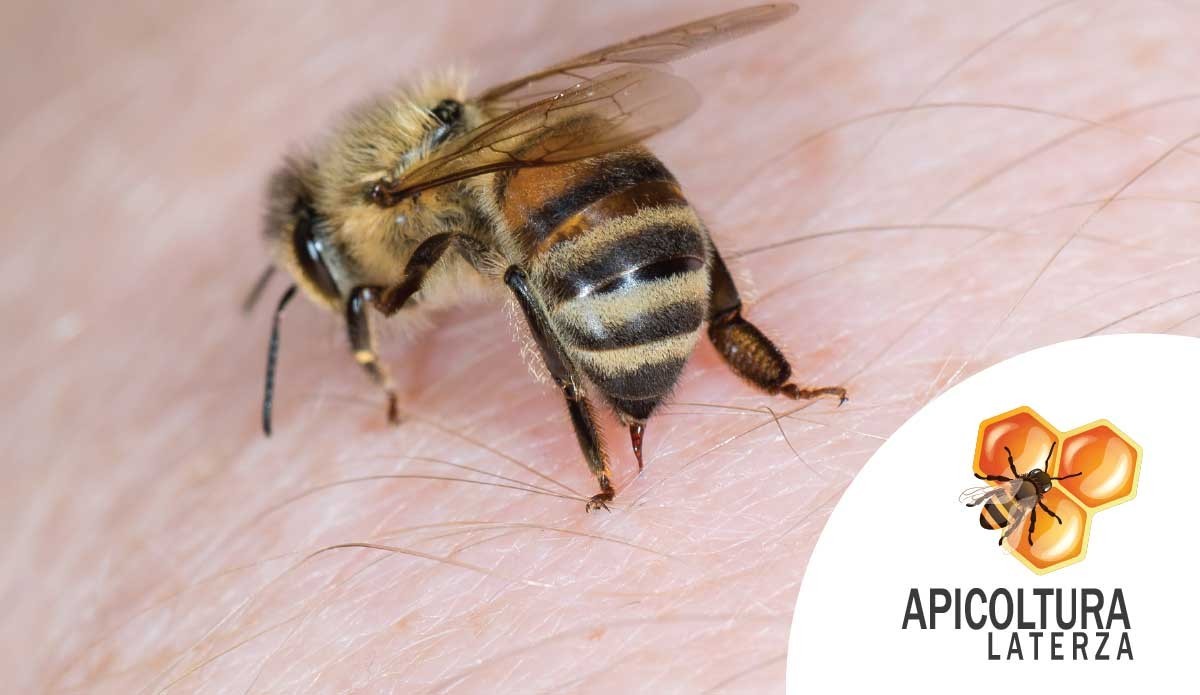Bee Invasion: What to Do and How to Behave

A bee invasion can be a rather impressive natural phenomenon, especially when it occurs suddenly. It is not uncommon to find yourself facing a sudden swarm of bees, perhaps in the garden or even with a queen bee inside the house. For this reason, it is essential to know how to handle the situation without endangering your safety or that of others.
A bee invasion can be a rather impressive natural phenomenon, especially when it occurs suddenly. It is not uncommon to find yourself facing a sudden swarm of bees, perhaps in the garden or even with a queen bee inside the house. For this reason, it is essential to know how to handle the situation without endangering your safety or that of others.
Why does a swarm of bees occur?
Bee swarming is a natural process that occurs when a colony decides to create a new queen bee and thus a new hive. Italian bees, like many other protected species, tend to swarm when the hive has become too large or when the old queen is no longer able to lead the colony. This swarming process involves the detachment of a group of bees, led by the new queen bee, in search of a new home. Often, the bees temporarily cluster on a tree, a railing, or other places while waiting to find a more suitable location.
What to do if you find a swarm of bees in the garden
If you notice a swarm of bees in the garden, the first thing to do is to stay calm and not approach. Swarming bees are generally not aggressive, as they are focused on protecting the queen and honey reserves. Avoid making sudden movements or trying to scare them away. In many cases, the swarm will move on its own within a few hours or days.
Who to call: beekeeper or fire department?
When a swarm of bees settles in an inconvenient or dangerous place, such as a house roof or near pedestrian crossings, it is important to call a local beekeeper. Beekeepers are experts in recovering swarms without harming the insects, respecting their protected nature. Only in exceptional cases, such as when the swarm is located in places so high that only the fire department's ladder can safely reach it, should you call the fire department, who only intervene when public health is at risk.
What not to do
Never attempt to remove the swarm on your own or with DIY methods. Do not use insecticide sprays or other chemical products, as bees are protected species and play a fundamental role in the ecosystem. Trying to move the swarm on your own can also be dangerous and counterproductive. Proper management of a bee swarm requires specific skills and appropriate tools, such as honey reserve bags used by beekeepers for transfer.
When a swarm becomes dangerous
Although swarming bees are generally not aggressive, there may be situations where the risk increases. For example, if a queen bee hides inside the house or if the swarm settles in a highly frequented spot. In these cases, contacting a beekeeper is the safest and most responsible choice. Some beekeepers may also offer reimbursement for swarm recovery, finding a new place to set up a hive safely.
Education and awareness
Many people are not well informed about the phenomenon of swarming and may react inappropriately. For this reason, it is important to promote education on the subject through informational campaigns. Beekeepers and professional associations often organize meetings and educational activities to raise public awareness of the importance of bees. Proper dissemination of accurate information helps to avoid rash reactions.
The importance of collaboration between citizens and beekeepers
The presence of bee swarms in urban areas is an increasingly frequent phenomenon, especially during spring, a period when colonies expand. Therefore, it is essential that citizens are made aware of the correct behavior to adopt and the procedures to contact a local beekeeper. Good collaboration between citizens and professionals helps ensure safety and protect bees, essential animals for our ecosystem.
Local administrations can contribute by promoting information and awareness campaigns, perhaps with the support of beekeepers' associations. Knowing the importance of bees and why it is forbidden to harm them is a first step towards peaceful coexistence between humans and nature.
Protecting bees: a collective commitment
Bees play a fundamental role in pollination and biodiversity. For this reason, protecting them is everyone's duty. Swarming is nothing more than a moment of natural reorganization of the colony, and although it may seem alarming, it is a temporary phenomenon that can be managed appropriately. In case of doubt, always contact an expert to ensure the safety of people and bees themselves.
Conclusions
In summary, when a bee invasion or sudden swarm occurs, do not panic. Stay calm, avoid direct interventions, and call a beekeeper as the most appropriate action. Only in extreme cases, when public health is at risk or access is extremely difficult, should you contact the fire department. Remember that bees are a valuable resource for the ecosystem and should be treated with respect and care.






